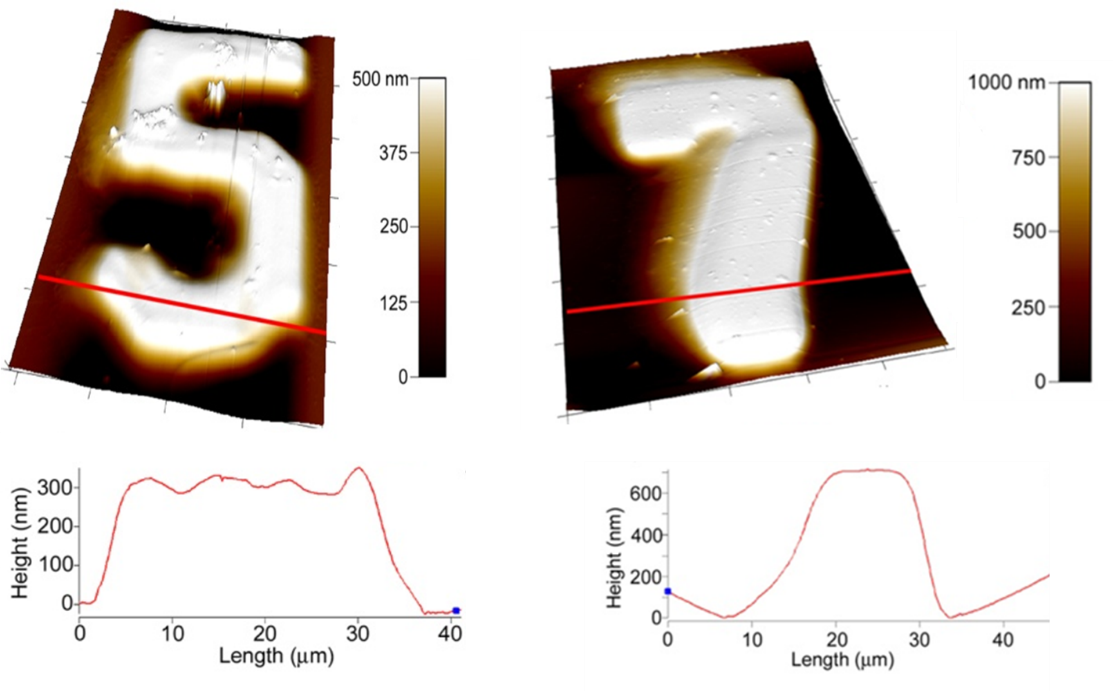Microfabrication Materials
Microstructures of Silk
Renewable materials for tissue engineering scaffolds
Photolithography is a method of creating patterns using UV light and light sensitive materials. It is capable of making structures and shapes that can range in size from a few nanometers to several centimeters. Currently, most photoactive materials used in photolithography are synthetic polymers. However, natural biodegradable silk biopolymers provide a renewable and viable green chemistry alternative for applications which require high precision microfabrication. Integration of these natural biopolymers with high resolution fabrication platforms can produce rationally designed structures while maintaining desired spatial resolution, structural complexity, and mechanical properties. This material can be used for a diverse number of applications, include building effective tissue engineering cellular scaffolds, high resolution 3D printing, flexible and implantable bioelectronics, biophotonics, and drug delivery devices.
The technology
Silk is known for its biocompatible properties, specifically its non-immunogenic response. By rendering it photoactive, it becomes the first natural protein that can be manipulated into precise, micro or nano-scale patterns. These patterns form 2D sheets which can be built up into 3D structures, making it an ideal material for scaffolding (Figure 1). The photoactive material is stronger than silk and the mechanical properties can be customized further by altering the lithograph. The technology uses a simple synthesis procedure which can be scaled for manufacture and may also be transferable to other proteins.
Proof of concept studies using silk fibroin to create a new class of light-activated proteins have been completed.

Figure 1. 3D AFM images of micropatterns of developed FMA protein. Feature of different height can be created by varying thickness of deposited protein (“5” ~ 300nm in height and “7” ~ 700nm in height).
